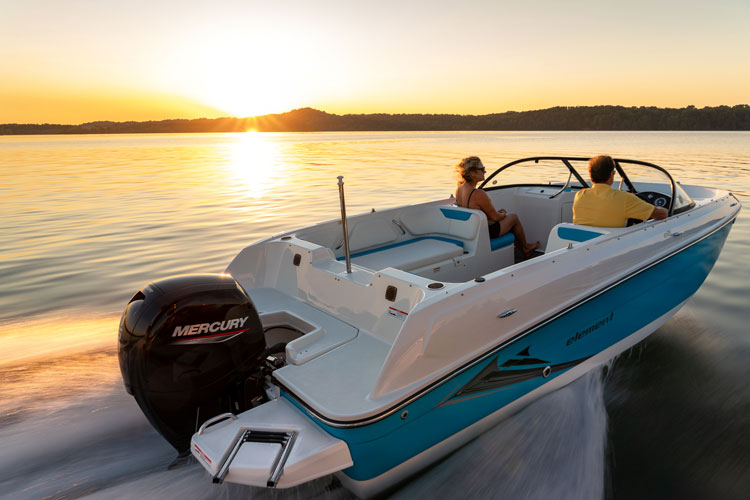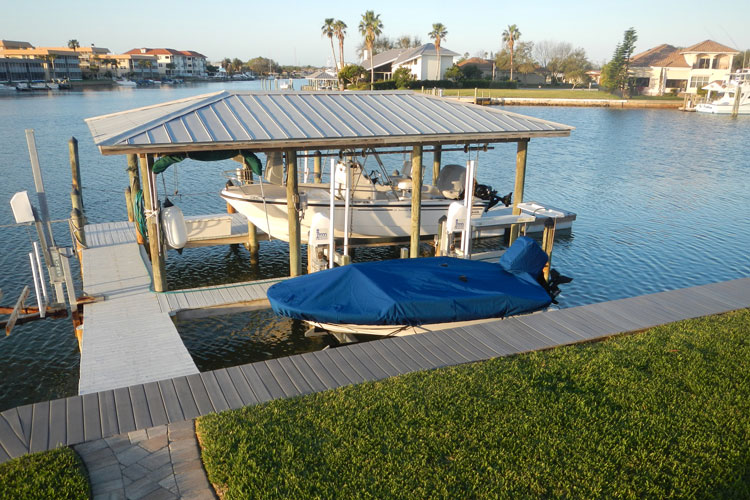You don’t have to be a mechanic to keep your boat’s outboard engine running well for years to come – you just need to know how to keep it clean and in good shape with some TLC and preventive maintenance. This quick guide will walk you through the basics of maintaining your boat’s outboard engine, how to troubleshoot common issues you may encounter, and how to keep it stored when not in use.
What is an Outboard Engine?
First, there are several different types of boat engines. The most common are inboard and outboard engines. Maintenance can be a little different for each engine type, so if you’re using this guide, start by making sure you have an outboard engine. Here’s how to tell which one you have:
- If you can’t see your boat’s engine because it’s located inside the hull, then you have an inboard engine. Inboard engines power your boat but do not steer it.
- If you can see your boat’s engine from outside the hull (mounted to the transom), then you have an outboard engine. Outboard engines both power and steer your boat.

How to Maintain Your Boat’s Outboard Engine
The key to keeping your boat’s motor in good working order is preventive maintenance. There are two components to this. One, flushing and checking your engine after every trip. And two, routine maintenance.
Caring for Outboard Engines
After every trip, you should flush your engine (for both saltwater and freshwater outings) and wipe it down to wash out deposits and debris and prevent corrosion. Follow these steps:
- If your outboard engine has a built-in flushing port, attach a hose to the threaded connection. If your outboard engine does not have a built-in flushing port, you will need to attach an outboard motor flusher (AKA “earmuffs”).
- Connect your hose and turn on the water to get it flowing through the intakes.
- Practice safe boating by keeping the area around the prop clear.
- If you are using a built-in flushing port, DO NOT run your engine while you are flushing it. If you are using an outboard motor flusher, you will need to turn your engine on.
- Keep the water flowing for about five minutes.
- Wipe down your engine and lubricate moving parts as needed.
- Follow our tips below for proper storage.
Inspecting, Maintaining and Servicing Outboard Engines
Here are some basic guidelines to follow for inspecting, maintaining, and servicing your boat’s engine:
- Regularly check your engine for cracks, worn sports, rust, corrosion, or other signs of damage.
- Winterize your engine, if needed.
- Check your fuel line and connections for leaks.
- Change your engine’s oil as needed.
- Replace your engine’s fuel filters/water separators every 100 hours.
- Replace your engine’s water pump impeller every 300 hours or every 3 years.
- Consult your outboard engine’s manual for specific maintenance requirements.
Most outboard engines will need basic service every 100 hours or each year. If you are experienced with servicing engines, then you may be able to take care of parts replacements, changes, and cleaning on your own by following the manual, but we recommend professional servicing for most boaters.
Professional servicing takes care of everything your boat’s outboard engine may need. If you follow the steps we outlined above for regular care of your engine, you can help keep this service quick, easy, and cost-effective!
Troubleshooting an Outboard Engine
Here are common issues you may experience with your outboard engine and how to troubleshoot them:
1. The engine is sputtering.
Check your filter and plugs. Clean the fuel filter, or replace it, and check your spark plugs. These may need to be replaced more frequently in older engines.
2. The engine suddenly stopped.
Check the kill switch and fuel gauge. It’s easier than you may think to accidentally bump the kill switch and turn off the engine, and we’ve all run out of gas out on the water. If these aren’t the issues, it may be a wire or loose connection. Professional servicing may be required for more complex issues.
3. The engine is running out of gas.
Check your fuel gauge. Is it accurate? If so, then you may need to assess your engine for a leak.
4. The engine won’t start.
Check for an electrical issue. Your batteries may be low, or dead, or there could be a break in the ignition circuit.
Prevention Tips
The best thing you can do to prevent issues like these is routine care and maintenance of your outboard engine. Follow the steps we have outlined above, and you’ll be able to solve many of these issues before they catch you off-guard out on the water.
It’s also a good idea to have a back-up plan, so we suggest keeping a toolkit with tools you may need for simple fixes and a small stock of replacement engine parts like spark plugs. You should also always have more gas in your tank than you think you need, just in case.

How to Store an Outboard Engine
Checking your engine regularly is key, but how you store your boat when it isn’t in use is just as important for keeping it in good condition. Whether you store your boat in a covered area or on the water, you should keep it covered with a boat cover, PWC cover or, at the minimum, a motor hood. Covers help shield your boat from the elements and other sources of harm such as small animals and debris.
It may seem overwhelming to care for and maintain your boat’s outboard motor, but following this guide will help you establish a simple routine that covers the basics of keeping it running. If you have questions or need help diagnosing an issue, check your engine’s manual or consult with a professional.












Comments
Please log into your account to post comments